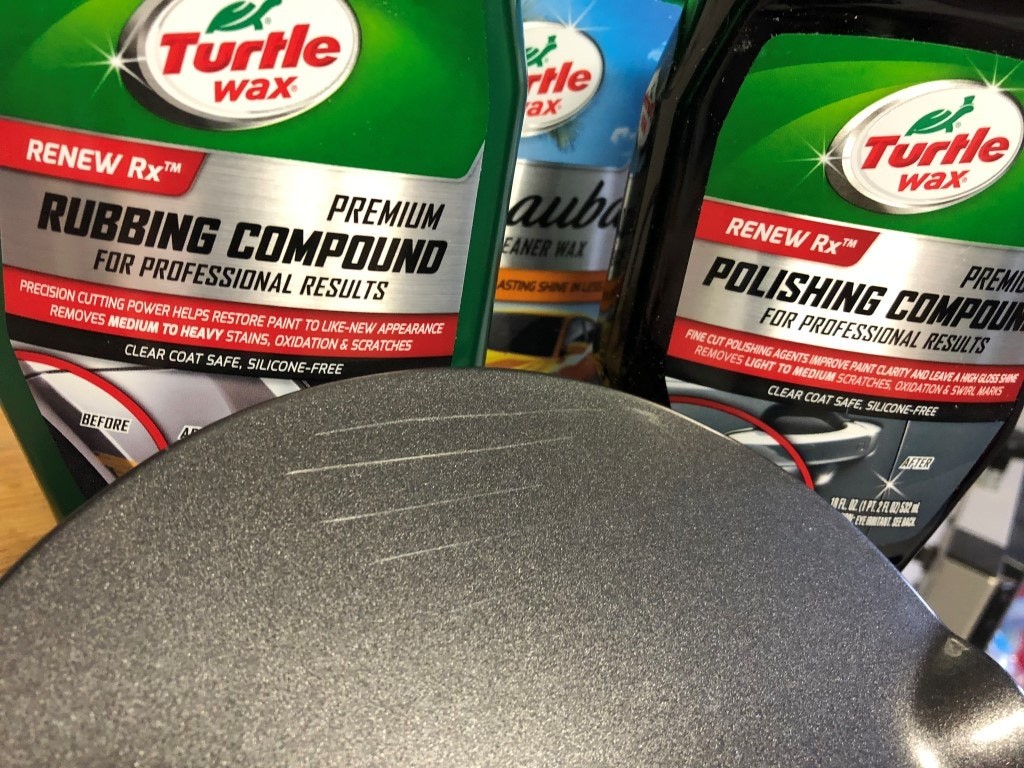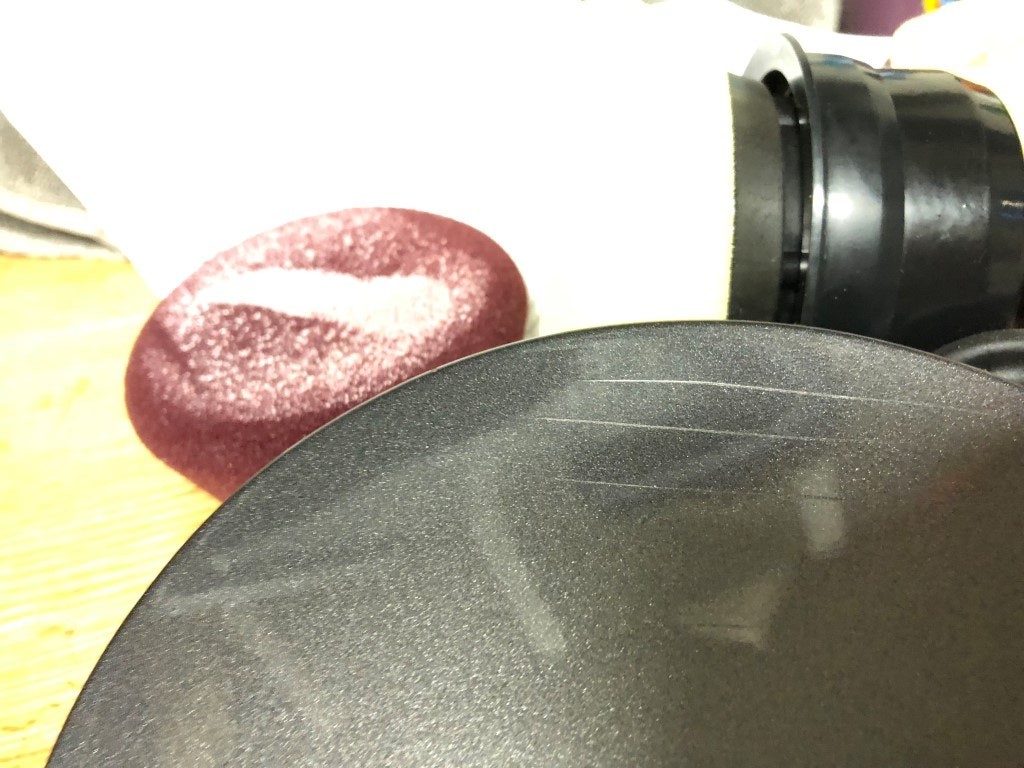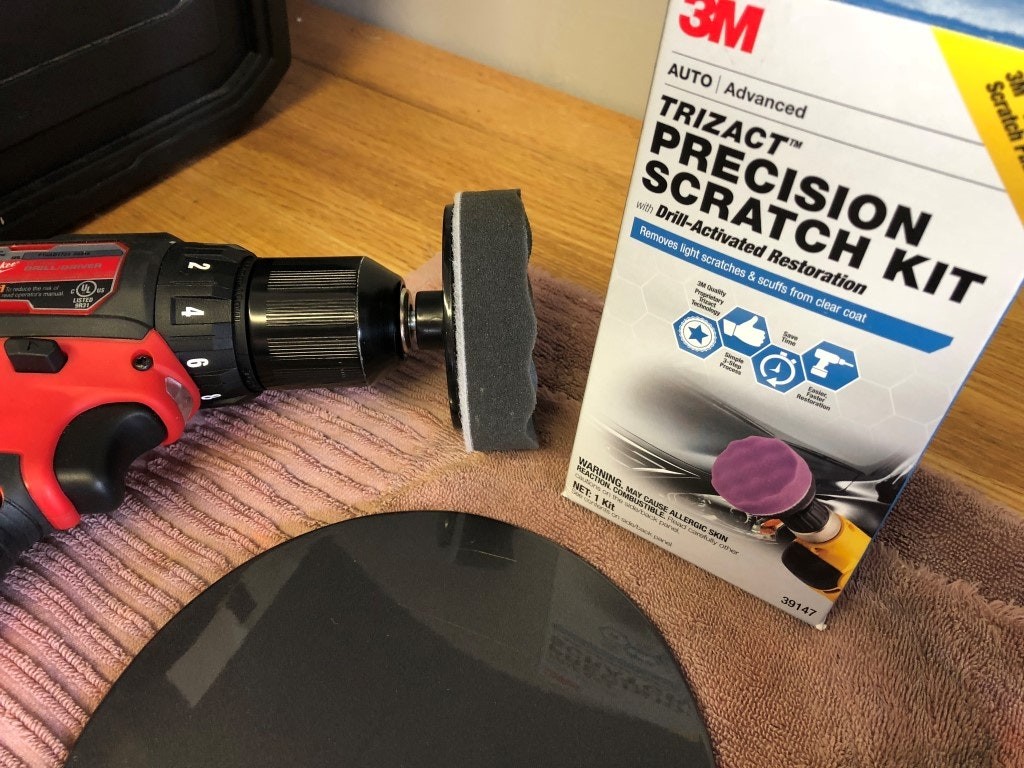Minor car scratches are an unfortunate reality for vehicle owners. Whether it’s a stray shopping cart, a rogue tree branch, or just everyday wear and tear, those unsightly marks can detract from your car’s appearance and value. The good news is that many scratches, especially the superficial ones, can be addressed at home without a costly trip to the body shop. This guide will walk you through effective DIY methods on How To Get Scratches Out Of Car Paint, from simple solutions for light blemishes to more involved techniques for deeper scratches.
Understanding the type of scratch you’re dealing with is the first crucial step. Car paint typically consists of several layers: clear coat, base coat (color), primer, and the metal body. Most minor scratches only affect the clear coat, which is designed to protect the underlying paint. These are the easiest to fix. Deeper scratches can penetrate the clear coat and reach the base coat, or even the primer or metal, requiring more aggressive methods.
For the lightest surface scratches, often referred to as swirl marks or spider webbing, a simple wash and wax might be surprisingly effective. These scratches are usually just in the very top layer of the clear coat and can often be minimized or even disappear with the right products and techniques.
 Turtle Wax products tested for scratch removal
Turtle Wax products tested for scratch removal
If washing and waxing doesn’t fully remove the scratches, the next step up is using a dedicated scratch remover or rubbing compound. These products contain mild abrasives that gently level out the edges of the scratch, making it less visible. For very minor scratches, products like Turtle Wax Scratch & Swirl Remover can be effective. Apply a small amount of the compound to a clean microfiber cloth and gently rub it into the scratched area using circular motions. Work in small sections and avoid applying too much pressure. After applying the compound, wipe away the residue with a clean part of the cloth. For slightly more noticeable scratches, a polishing compound can offer a bit more cutting power.
For scratches that are a bit deeper, or if hand application of compounds isn’t yielding the desired results, consider using a machine polisher. A dual-action (DA) polisher is a great tool for DIYers as it’s relatively safe and easy to use, reducing the risk of damaging your paint. When paired with a polishing compound like Meguiar’s Ultimate Compound, a DA polisher can significantly improve the appearance of light to moderate scratches. The machine action provides more consistent and even pressure than hand polishing, leading to better scratch removal.
 Car paint polished with Meguiar's machine-based tools, showing scratch removal
Car paint polished with Meguiar's machine-based tools, showing scratch removal
To use a DA polisher, apply a few drops of polishing compound to a polishing pad attached to the machine. Start with a low speed setting and work the polisher over the scratched area, using overlapping passes. Gradually increase speed if needed, but always keep the polisher moving to avoid overheating the paint. After polishing, wipe away the residue and inspect the results. You may need to repeat the process for deeper scratches.
For more stubborn or moderate scratches that are still visible after polishing, you might need to step up to sanding. This might sound intimidating, but with the right technique and products, it can be safely done at home. The key is to use very fine-grit sandpaper specifically designed for automotive paint, and to wet sand. Wet sanding helps to lubricate the surface, reduce friction, and prevent the sandpaper from clogging.
Kits like the 3M Trizact Precision Scratch Kit are designed for this purpose and include everything you need, from fine-grit sandpaper to rubbing compound and polishing pads for your drill. Start by wet sanding the scratched area using the provided sandpaper. Keep the area wet with water and use light, even pressure. You’ll notice the clear coat becoming hazy as you sand – this is normal. The goal is to level the scratch, not to remove a significant amount of paint.
 3M scratch removal system showing improved scratch appearance
3M scratch removal system showing improved scratch appearance
After sanding, use a rubbing compound with a drill-mounted pad to remove the sanding marks and restore clarity. Follow this with a polishing compound and a clean polishing pad to refine the finish and bring back the shine. This multi-step process, while more involved, can effectively remove moderate scratches that polishing alone can’t handle.
Important Considerations:
- Test in an inconspicuous area: Before attempting any scratch removal method on a visible part of your car, test it in a hidden area, such as inside a door jamb or under the hood, to ensure compatibility and get a feel for the process.
- Work in a clean environment: Make sure the car surface is clean and free of dirt and debris before starting any scratch removal process.
- Don’t overdo it: Start with the least aggressive method and gradually increase if needed. Avoid excessive sanding or polishing, as this can damage the clear coat.
- For deep scratches: If the scratch is deep enough that you can feel it with your fingernail, or if it has penetrated through the clear coat and base coat to the primer or metal, DIY methods might only improve its appearance but not completely remove it. In these cases, professional repair or touch-up paint application might be necessary.
Conclusion:
Removing scratches from car paint at home is achievable with the right approach and products. By understanding the type of scratch and following the appropriate methods, you can effectively restore your car’s finish and keep it looking its best. From simple scratch removers to machine polishing and even wet sanding, there are DIY solutions for various levels of car paint scratches. Remember to always start with the least aggressive method and work your way up, and don’t hesitate to seek professional help for deep or complex damage. With patience and care, you can successfully tackle those annoying scratches and maintain your car’s showroom shine.